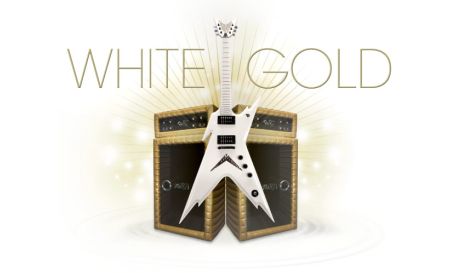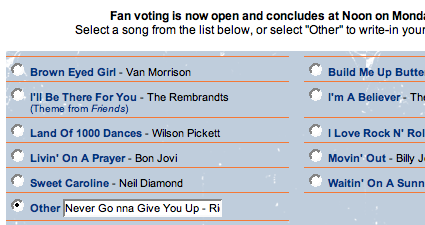I spent the weekend moving, which took a good bit out of me, both physically and mentally. In my semi-exhausted mental state, some of the more complex thought processes and mental connections just aren’t happening, and I’m fully willing to acknowledge that. The same can be very true for any communication, advertising included. While I’m not always in the midst of catastrophic brain flatulence, sometimes the simple ideas are just easier to grasp. I’m all for complex, multi-stage campaigns that ask for a good deal on the part of the viewer/reader, but it’s important to realize that it isn’t necessarily the best course of action, and sometimes the complexity overrides the effectiveness of the message. Convoluted and deep might just yield more confusion (or complete lack of awareness). On that note, I wanted to point out a recent commercial I stumbled upon while surfing the internet that’s aimed to the young Japanese audience that speaks well to the idea of “simple,” and amuses me in my exhaustion.
The spot, done by Australian commercial production company Plaza, is so simple, it works. I got it. And the message sunk in. Quickly. Which is the ultimate goal, especially when promoting for groups like The Whale and Dolphin Conservation Society. It could just be the classic Godzilla fan in me (and my mental exhaustion), but there’s something about the simplicity, the creativity, and the slight weirdness that just makes everything come together. And I payed attention. That simplicity and effectiveness doesn’t need to be reserved for children’s communication and simple messages. Sometimes the most complex ideas can be communicated unimaginably simply.
Full creative credits @ youtube, via Osocio.







